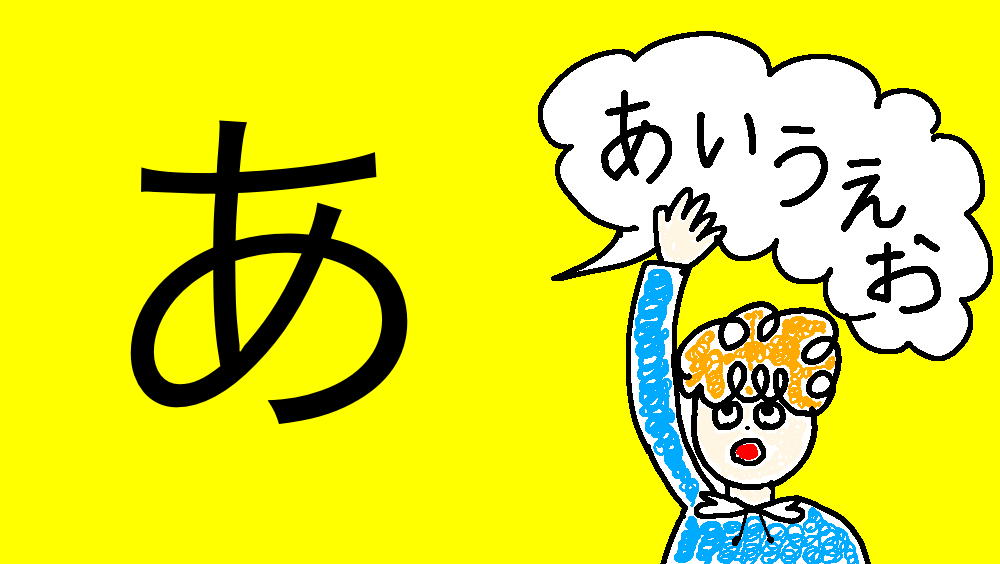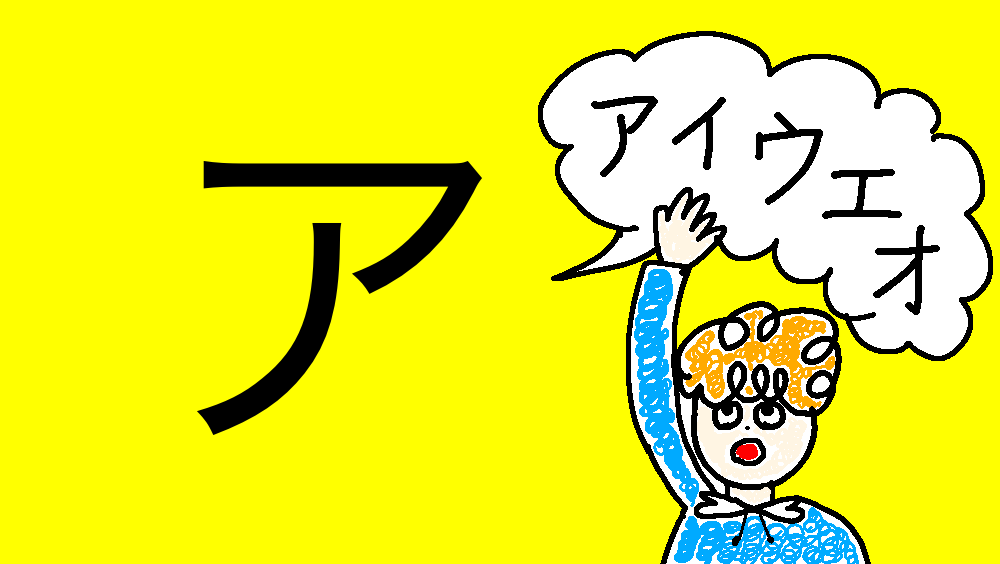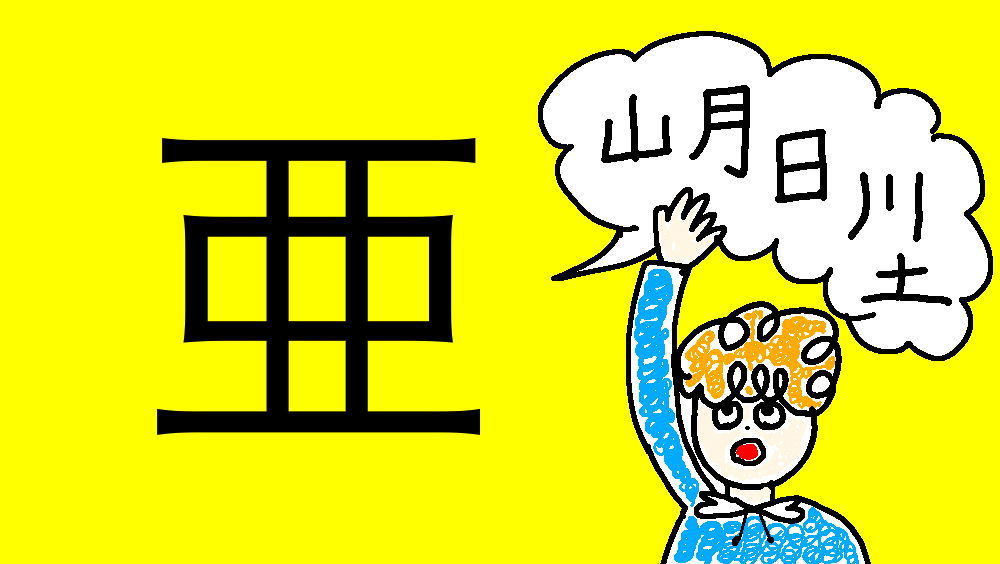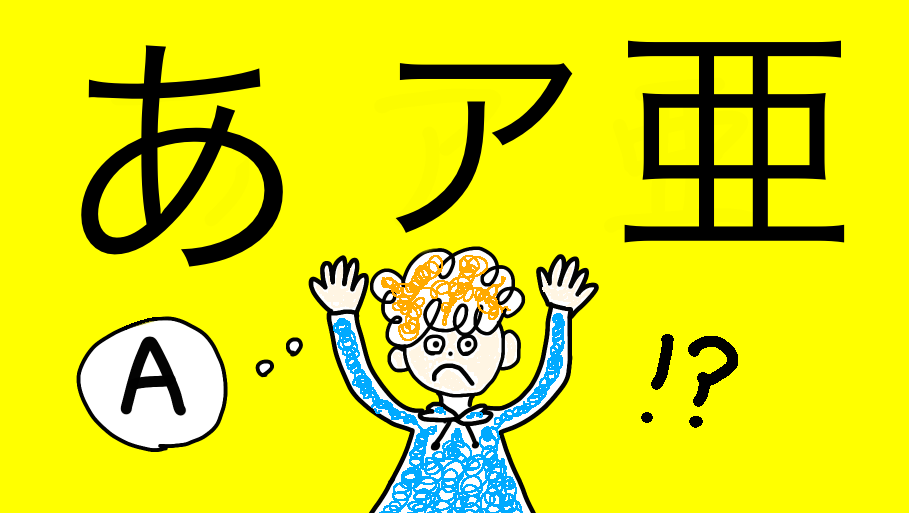When you first start learning Japanese, one of the things that might surprise you is the complexity of the writing system. In this article, we’ll introduce the differences between hiragana, katakana, and kanji, as well as how they are used.
1. Hiragana (ひらがな)

What it is:
- A phonetic alphabet with 46 basic characters.
- Each character represents a specific sound (like “a,” “ka,” “shi”).
How it’s used:
- For grammatical functions, such as particles (は, が, を).
- To write native Japanese words without kanji, especially for beginners or children.
- To add okurigana (endings) to kanji for verb and adjective conjugations (e.g., 食べる – “to eat”).
Example Sentence:
- わたしはたべます (Watashi wa tabemasu)
- This sentence is written entirely in hiragana.
2. Katakana (カタカナ)

What it is:
- Another phonetic alphabet with the same 46 sounds as hiragana but different characters.
How it’s used:
- For foreign words and names (e.g., テレビ = “television”).
- For onomatopoeia (e.g., ドキドキ = “heartbeat”).
- For emphasis, similar to italics in English.
Example Sentence:
- ワタシはサンドイッチをタベマス (Watashi wa sandoicchi o tabemasu).
- “I eat a sandwich.” (The borrowed word sandoicchi is in katakana.)
3. Kanji (漢字)

What it is:
- Characters borrowed from Chinese, representing meanings and sounds.
- Each kanji can have multiple readings depending on the context.
How it’s used:
- For nouns, verb roots, and adjectives.
- To make writing more concise and meaningful.
Example Sentence:
- 私は食べます (Watashi wa tabemasu).
- The kanji 私 (watashi) means “I,” and 食 (shoku/taberu) means “to eat.”
How They Work Together
Japanese writing uses all three systems:
- Kanji: For core meanings.
- Hiragana: For grammatical elements.
- Katakana: For foreign words or emphasis.
Example Sentence:
- 私はサンドイッチを食べます。
(Kanji + Katakana + Hiragana)- 私 (kanji) = “I”
- サンドイッチ (katakana) = “sandwich”
- を and ます (hiragana) = grammatical parts
This combination makes Japanese writing rich and expressive.
Mastering hiragana, katakana, and kanji might seem very difficult. If your goal is simply to enjoy conversations with Japanese people, you might not need to learn the writing systems. However, there are plenty of tips and tricks to help you learn them! I’ll introduce those in another article.

コメント